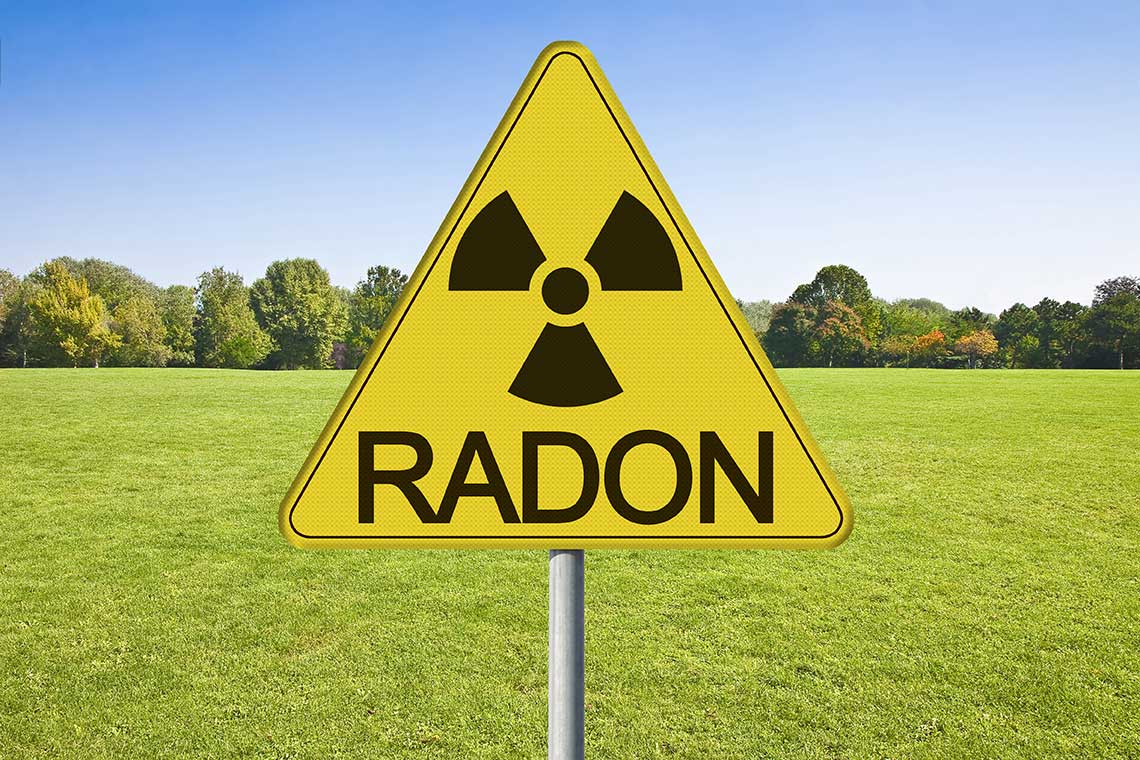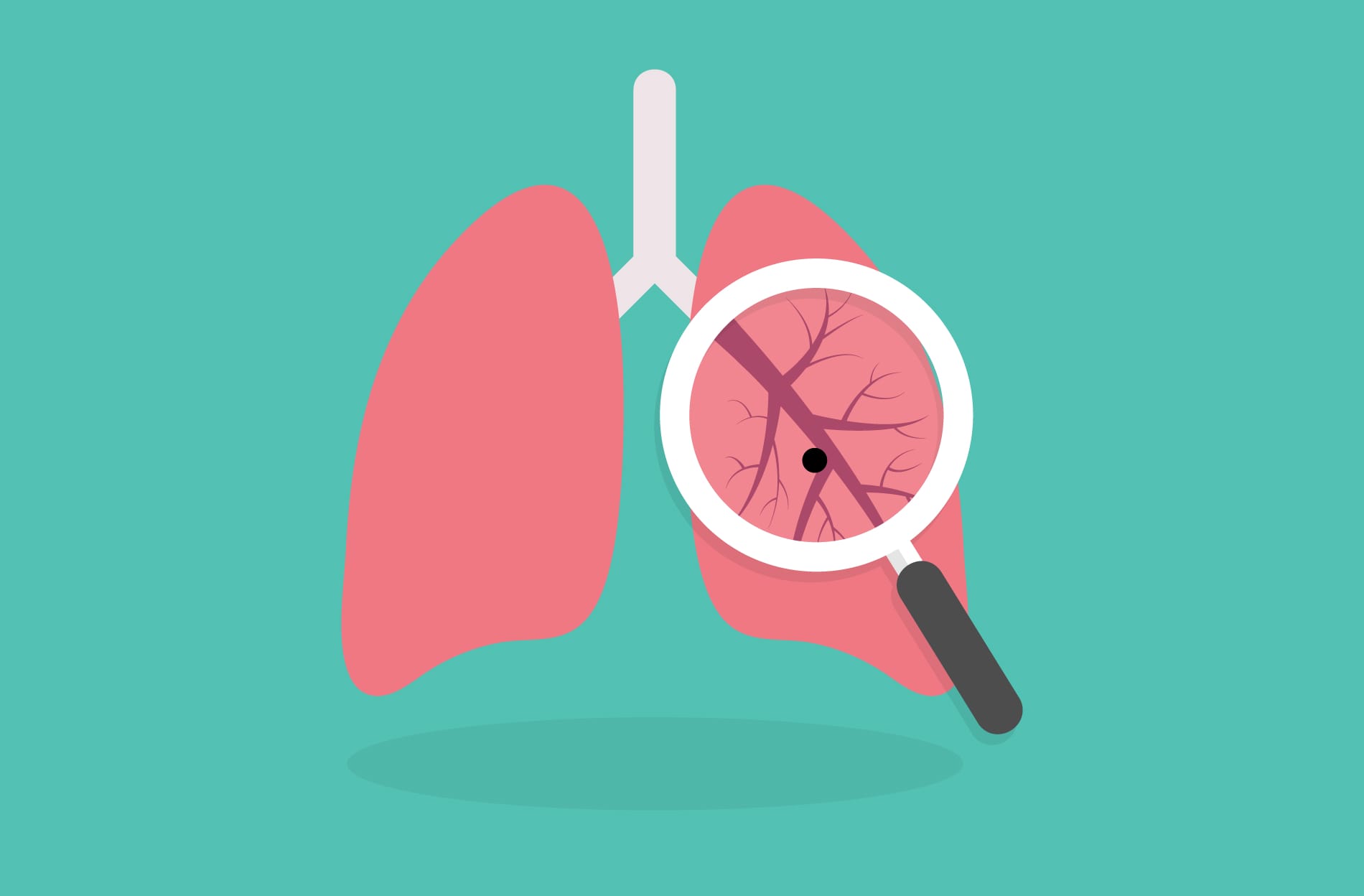Radon is a radioactive gas that is produced by the decay of uranium, thorium, and radium in soil, rock, and water. It is invisible, odorless, and tasteless, making it difficult to detect without specialized testing. Radon is a major cause of lung cancer, with estimates suggesting that it causes between 3% to 14% of all lung cancers in a country. The risk of lung cancer increases with higher levels of radon exposure and smoking.
Table of Contents
Radon and Lung Cancer
Radon is a major cause of lung cancer, with estimates suggesting that it causes between 3% to 14% of all lung cancers in a country. The risk of lung cancer increases with higher levels of radon exposure and smoking.
According to the National Cancer Institute, radon is the second leading cause of lung cancer in the United States, after smoking. The risk of lung cancer increases with higher levels of radon exposure and smoking.
Radon can accumulate in enclosed areas, such as buildings, and pose a health risk when inhaled over a long period.
The risk is higher in buildings with poor ventilation, cracks in the foundation, or those located in areas with high concentrations of uranium, thorium, and radium in the soil. Radon can also be present in well water, but it is usually released into the air before it reaches the tap.
Radon Exposure and Symptoms
Radon exposure can cause lung cancer, which typically develops after 5 to 25 years of exposure. Symptoms of lung cancer include a persistent cough, coughing up blood, wheezing, shortness of breath, hoarseness, chest pain, frequent infections, loss of appetite, weight loss, and fatigue.
However, these symptoms may not appear until the cancer has advanced, making it difficult to detect early.
Testing for Radon
To mitigate the risk of radon exposure, it is essential to test homes, schools, and workplaces for radon levels. Radon Testing can be done using short-term or long-term methods, and the results can help determine whether remediation is necessary.
Short-term testing can be done using charcoal canisters, alpha track detectors, or continuous radon monitors. Long-term testing can be done using alpha track detectors or continuous radon monitors.
The Environmental Protection Agency (EPA) recommends testing for radon in all homes below the third floor, regardless of the age of the home or the location.
The EPA also recommends testing in schools and workplaces, especially in areas with high concentrations of radon in the soil.
Remediation Measures
Remediation measures may include sealing cracks in the foundation, improving ventilation, or installing radon mitigation systems. The EPA recommends taking action to reduce radon levels if the results of the test are 4 picocuries per liter (pCi/L) or higher.
The World Health Organization (WHO) recommends taking action if the results of the test are 2.7 pCi/L or higher.
Radon mitigation systems can be installed to reduce radon levels in buildings. These systems typically use a vent fan to draw radon gas from the soil and vent it to the outside.
The cost of radon mitigation systems varies depending on the size of the building and the type of system used.
Conclusion
Radon is a radioactive gas that is produced by the decay of uranium, thorium, and radium in soil, rock, and water. It is invisible, odorless, and tasteless, making it difficult to detect without specialized testing.
Radon is a major cause of lung cancer, with estimates suggesting that it causes between 3% to 14% of all lung cancers in a country. The risk of lung cancer increases with higher levels of radon exposure and smoking.
To mitigate the risk of radon exposure, it is essential to test homes, schools, and workplaces for radon levels. Testing can be done using short-term or long-term methods, and the results can help determine whether remediation is necessary.
Remediation measures may include sealing cracks in the foundation, improving ventilation, or installing radon mitigation systems.
The EPA recommends taking action to reduce radon levels if the results of the test are 4 picocuries per liter (pCi/L) or higher. The World Health Organization (WHO) recommends taking action if the results of the test are 2.7 pCi/L or higher.
In summary, radon is a serious health risk that can cause lung cancer. Testing for radon is essential to protect yourself and your loved ones from this invisible and odorless gas. If you suspect that your home or workplace has high levels of radon, take action to reduce the risk of exposure.




